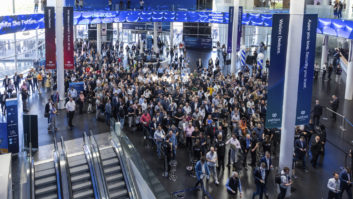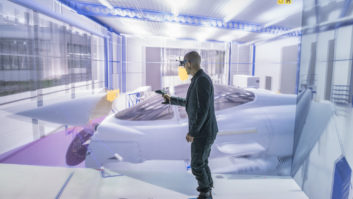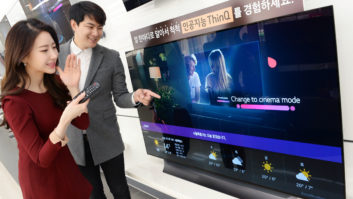 In today’s digital classrooms, KVM technology enables teachers and students to access resources located in a lab or remotely in a classroom. KVM products allow sharing content between student and teacher using the video/audio and control via keyboard/mouse. Resources may be on physical PC/servers, physical equipment such as microscopes, or in the cloud. With simple apps users can add to their tablet or laptop, or with small physical receivers removing the need for tablet/PC, remote access and control optimises learning experiences. With the trend towards remote work, staff and students working remotely must access servers and physical/virtual/cloud assets from their PCs.
In today’s digital classrooms, KVM technology enables teachers and students to access resources located in a lab or remotely in a classroom. KVM products allow sharing content between student and teacher using the video/audio and control via keyboard/mouse. Resources may be on physical PC/servers, physical equipment such as microscopes, or in the cloud. With simple apps users can add to their tablet or laptop, or with small physical receivers removing the need for tablet/PC, remote access and control optimises learning experiences. With the trend towards remote work, staff and students working remotely must access servers and physical/virtual/cloud assets from their PCs.
MANY CHALLENGES
KVM solutions address many challenges in education. One university used KVM extenders to bring virtual ‘PCs’ to every position in a lecture hall with the actual PCs located in a secure location, so removing the heat and noise of the PCs from the room, and freeing up space in the student seating area.
In another example, a college used KVM to connect to physical and virtual machines where networking labs are located. During the network lab, a student would identify and resolve a network vulnerability. A small KVM receiver was placed across the lecture hall and was used to access the lab material. The student login, using Active Directory, determined what lab asset (a physical machine or virtual machine on a VMWare ESX server) would be allocated to the student – and this student was provided his lab work area automatically. This reduced the work for the lab supervisor in setting up and allocating lab resources for students, and the student could sit anywhere in the hall to do his/her work.
A final example is a network of primary schools in a European country that had a centralised shared IT organisation. They set up an “IT Booth or tool” in each school where any Laptop could be remotely worked on by IT down to the BIOS level – using KVM Transmitters to attach to the Laptop/PC to be worked on by an IT person from their normal location, without visiting the school. Using KVM, the IT person was “physically” at the school, saving time and money on travel.
REMOTE MANAGEMENT
KVM is also used for remote management of data centre/servers in schools/universities, enabling users to control multiple PCs via one keyboard, mouse, and monitor.
Security features that protect sensitive data and ensure student privacy include secure login (linked to Active Directory), controls on what resources a specific user has permission to access, and location-based permissions.
To provide automated access when in a lab location, a different set of access rights is used if users login from a home or remote location. Intrusion detection, alerts, notifications on issues, and integrating KVM components into the standard IT infrastructure are important.
With increased demand for innovative educational solutions, KVM technology is shaping the future of education worldwide.







